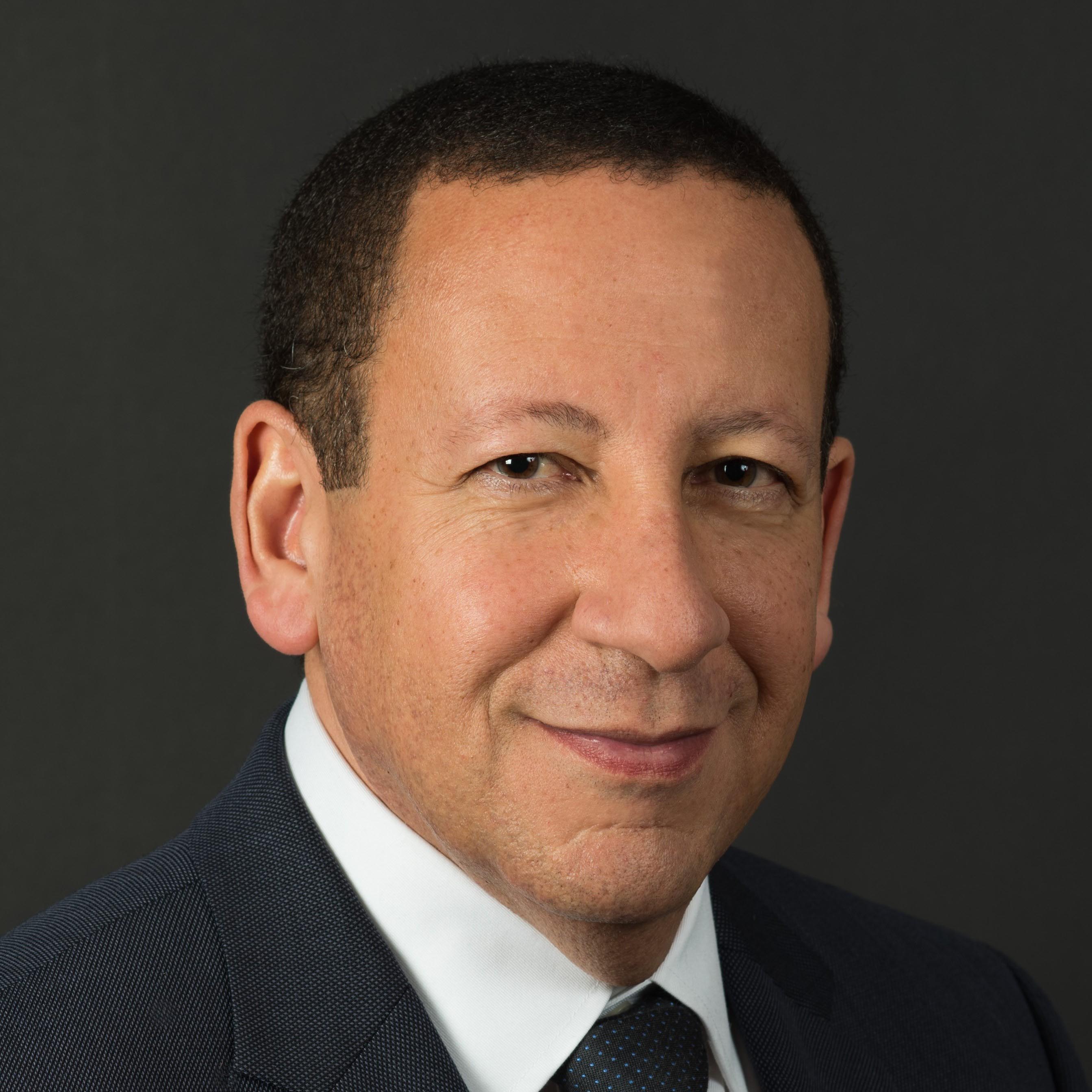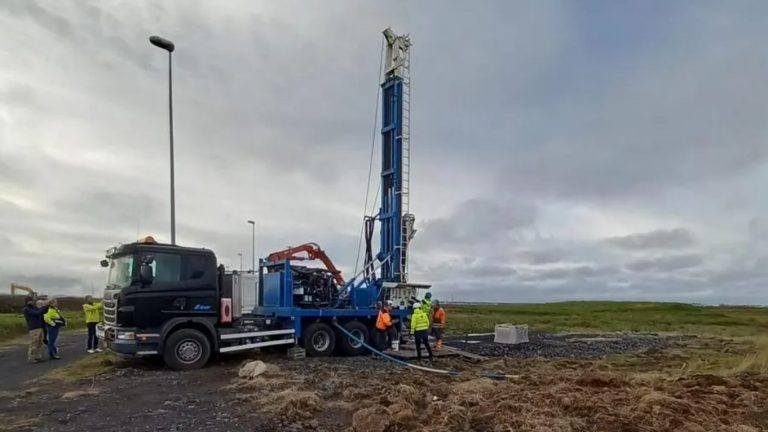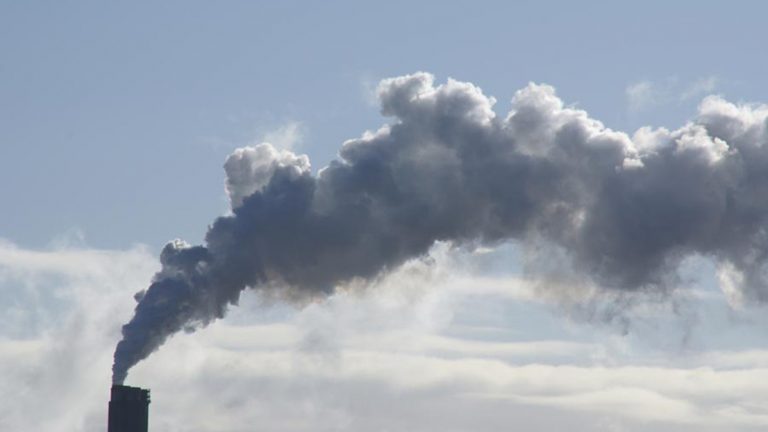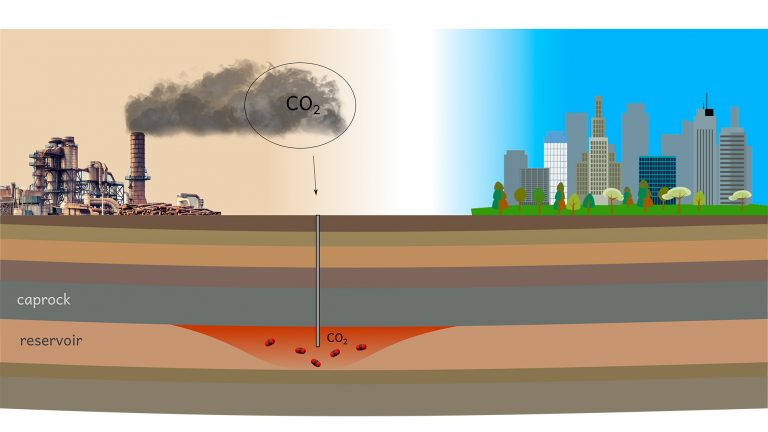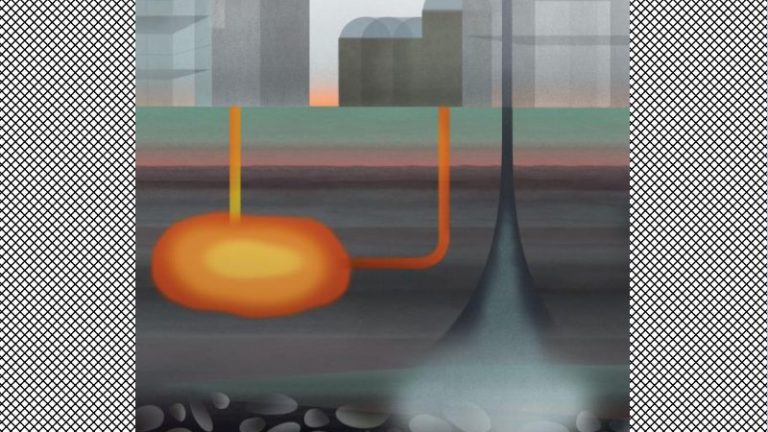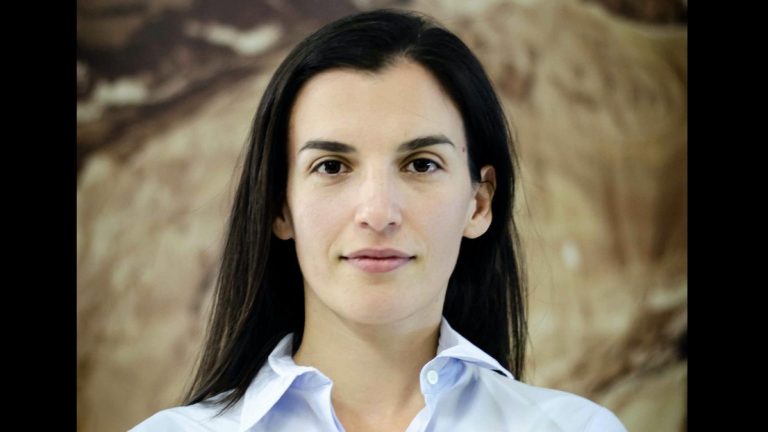CO2 storage and EGS
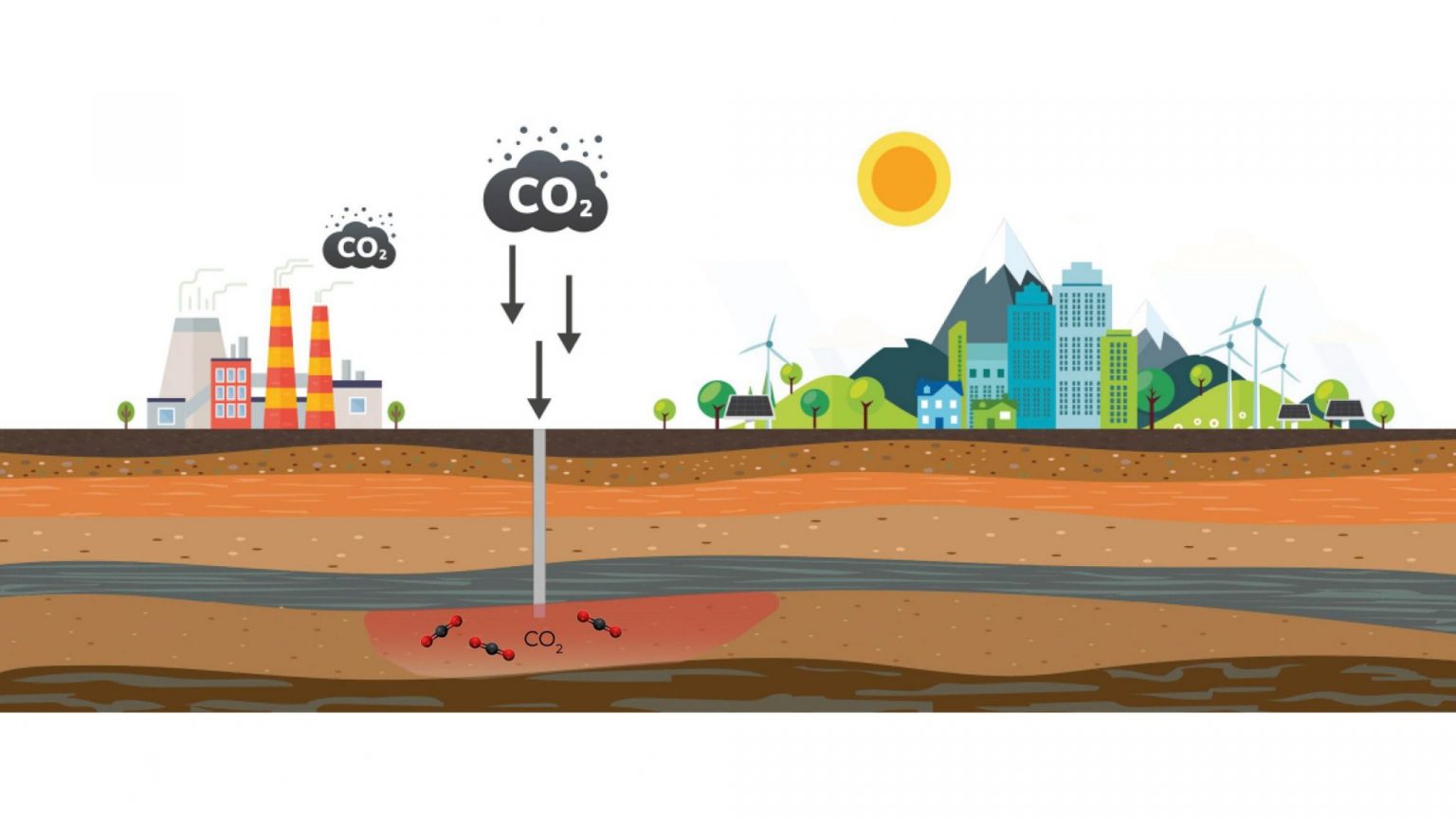
CO2 capture and storage
CO2 capture and storage (CCS) has gained global interest due to its potential to reduce the impact of CO2 on climate change. CO2 sequestration in deep geological formations is one of most suitable solutions for CCS so far. Three main geological formations provide potential to store CO2 : depleted oil or gas reservoirs, saline formations, and coal seams. During the early storage phase (10 years – 100 years) for CO2 sequestration, injected CO2 is mainly trapped by structural or stratigraphic mechanisms relying on the existence of a caprock formation of low permeability that acts as a barrier to the CO2 flow. Chemical trapping, such as mineralization, offers a very long-term storage capacity (>1000 years). The influence, on the surrounding environment, of mechanical and chemical changes, as well as heat effects during CO2 injection are not well-known. Research for a better understanding of complex modelling and experimental issues is essential for the enhancement of field studies so as to provide benchmarks for developing reliable solutions to geo-environmental problems.
Research Group for CO2 Storage
Professor
Post-doctoral researcher
Master students and interns
Research projects:
Ongoing projects
SusEcoCCUS
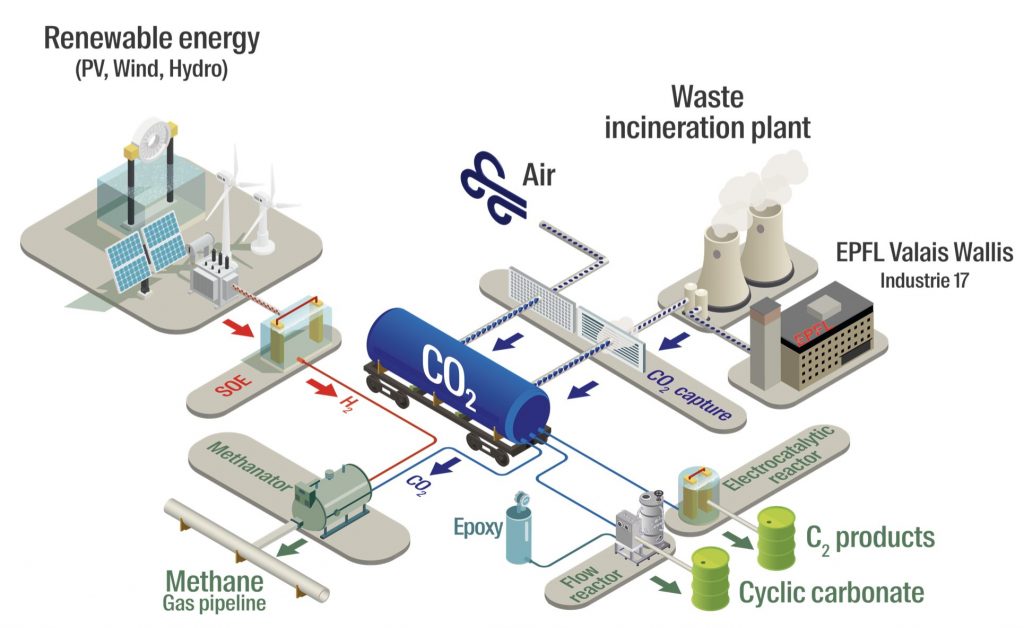
The project is an integrated research and innovation plan. Its highlight is a CCUS demonstrator with a CO2 flow of up to 1 ton per day (TPD). At the same time, critical technologies, i.e., direct air capture (DAC) and the conversion of CO2 to value-added chemicals, will be advanced.
The demonstration will be built near the EPFL Valais campus at the industrial site (waste incineration plant of Enevi) in Uvrier. Notably, in 2024, it is planned to heat EPFL Valais I17 building via the district heating network of Enevi. By capturing CO2 from the waste incineration plant at a rate of 1 TPD, we will reduce the CO2 footprint of the EPFL campus in alignment with the EPFL 2030 Climate & Sustainability Strategy.
The project is built on five key pillars of CCUS, including point source capture, atmospheric CO2 capture, short-term and long-term CO2 storage, CO2 conversion into energy carriers and value-added chemicals, and the enablers of this transition. We are developing layers of technology, including optimizing and validating promising proof-of-concept technologies at a technology readiness level (TRL) of 2/3 through fundamental research and accelerating scale-up of TRL 4/5 technologies to promote promising CCUS both at the early and the late stages of development, in line with the needs for a carbon-based circular economy.
Further information can be found on the project website at: https://www.epfl.ch/labs/las/susecoccus/
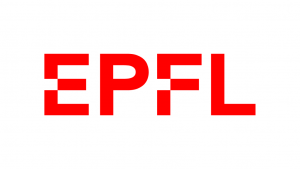
École polytechnique fédérale de Lausanne
DemoUpStorage
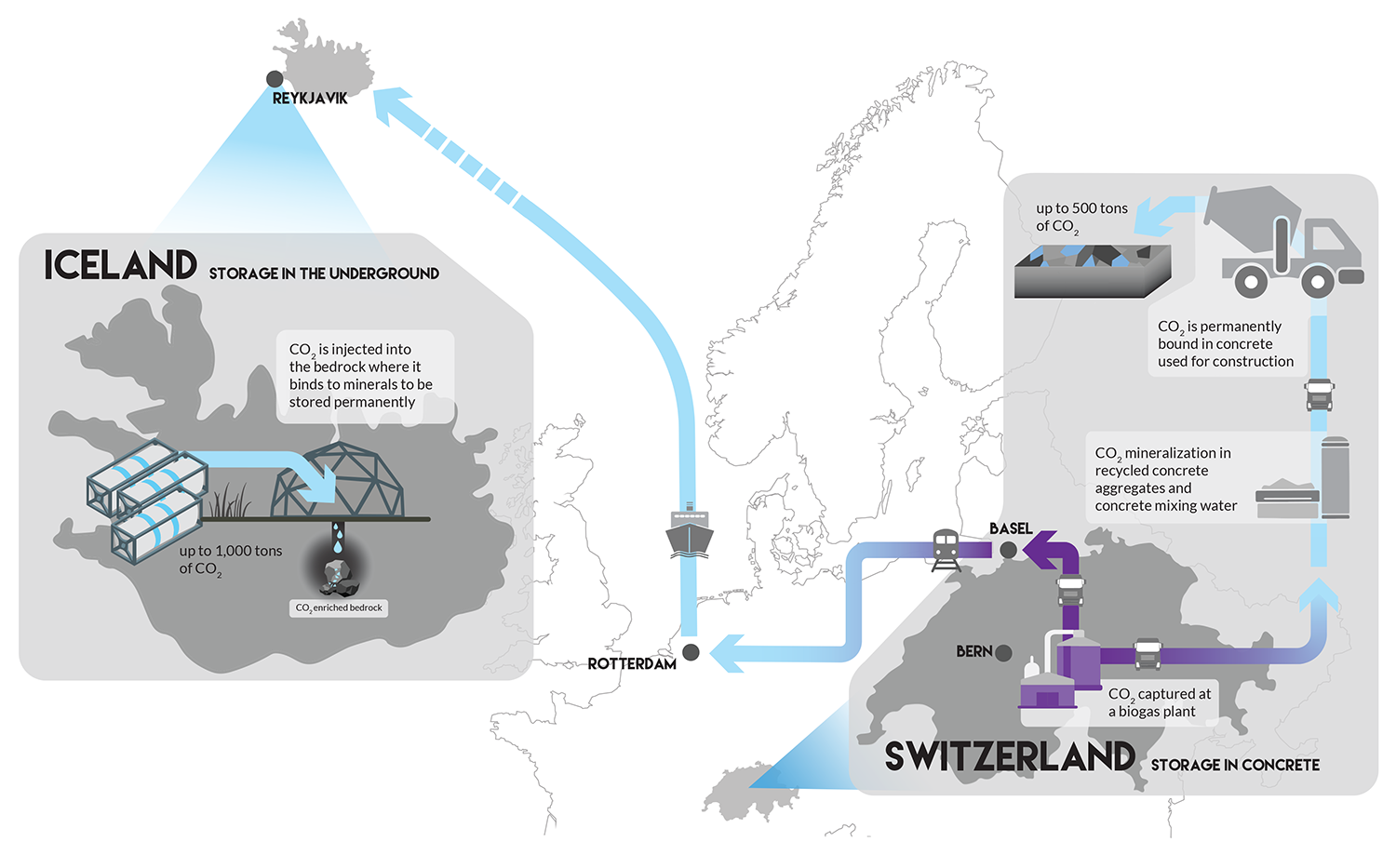
The DemoUpCarma and DemoUpStorage are partner projects that aim to demonstrate for the first time the feasibility of the entire Carbon chain: Capture, Transport and Storage (CCTS) for a net-zero Switzerland. CO2 is captured in Switzerland and transported for permanent storage in Basalts (in collaboration with Carbfix).
In the context of DemoUpStorage, Swiss CO2 will be dissolved in seawater and injected in an appropriate basaltic formation where it is expected to be permanently stored by means of mineralization: injected CO2 will be turned into stone within a couple of years and locked away forever.
The Laloui Group, thanks to its expertise in hydromechanical characterization of geomaterials and microstructural analysis with live x-ray imaging, aims to contribute as part of the consortium to a better understanding of the interactions between the host basalt rock and the CO2 rich seawater.
Headed by Dr Eleni Stavropoulou, the team has been tasked with:
– providing a mineralogical, petrophysical and hydromechanical characterization of the field cores,
– evaluating the coupled geomechanical and geochemical response of basalt reservoir rocks to CO2-rich seawater
– CO2 injection under realistic conditions, and
– quantifying the time-dependent response of mineral trapping
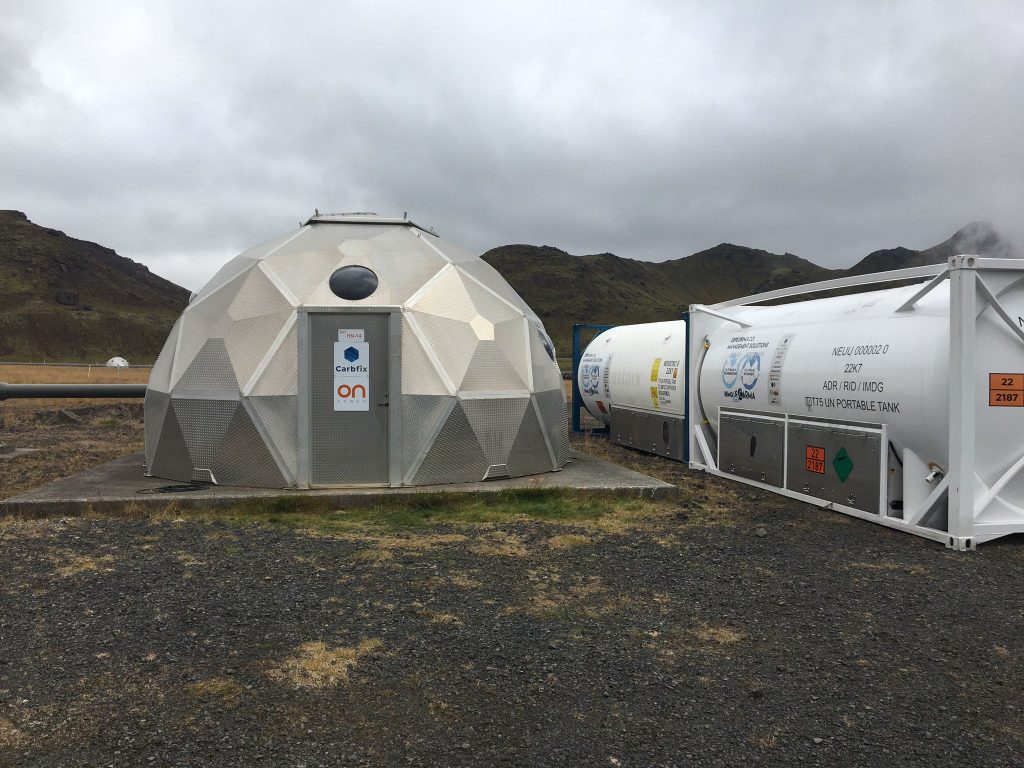

CS-C Experiment: Experimental assessment of shale properties for safe geological CO2 storage – sponsored by Mont Terri consortium (Swisstopo)
The storage of carbon dioxide (CO2) in underground reservoir formation strongly relies on the presence of impermeable caprock formations to prevent the migration of CO2 towards the surface. Shales are considered among the best candidates caprock formation due to their low permeability, high water retention properties, and self-sealing capacity. The goal of this project is the experimental assessment of the sealing capacity and integrity of the Opalinus Clay that is considered as representative shale caprock formation. Swisstopo ( Mont Terri project ) and FANC are partners of this project.


CS-C Experiment: Experimental assessment of shale properties for safe geological CO2 storage – sponsored by Mont Terri consortium (Swisstopo)
The storage of carbon dioxide (CO2) in underground reservoir formation strongly relies on the presence of impermeable caprock formations to prevent the migration of CO2 towards the surface. Shales are considered among the best candidates caprock formation due to their low permeability, high water retention properties, and self-sealing capacity. The goal of this project is the experimental assessment of the sealing capacity and integrity of the Opalinus Clay that is considered as representative shale caprock formation. Swisstopo ( Mont Terri project ) and FANC are partners of this project.


Masters Projects
Background and motivations
By 2025, the EPFL Carbon Team’s prototypes will be up and running, capturing the first kilos of CO2 directly from the atmosphere and from the gas boiler of the animal facility in the SV Faculty. Several solutions are currently being studied for the further processing of this captured CO2. One of these is permanent storage in specific geological formations in Switzerland. To make this storage as optimal as possible, a number of studies need to be carried out, concerning soil properties, the presence of impurities in the captured CO2 stream, the conditions in which the carbon dioxide must be present during burial, and the impact of the latter on its environment. To this end, a collaboration with the Laboratory of Soil Mechanics, or LMS, has been developed to enable interested students to work on these topics.
List of semester projects / thesis topics
Project 1: Temporary storage of captured CO2
Design and build a system for the temporary storage of CO2 following its capture (from the atmosphere or at the gas boiler outlet). It will be necessary to define the conditions in which the CO2 must be present (pressure, temperature, gas/liquid, etc.) in order to introduce it into the reservoir with the minimum of energy. Finally, a system for preparing analyzable samples from the CO2 stored in the temporary reservoir will have to be developed. This will be used to carry out analyses and burial tests with captured CO2 under real-life conditions.
Skills required: physics, chemical engineering, electrical engineering.
Bonus: laboratory experience.
Project 2: Study of Swiss subsoils suitable for permanent CO2 storage
Characterize the geological system for CO2 injection and permanent storage: a superposition of a porous layer called “reservoir rock” used for CO2 storage, topped by an impermeable layer called “cap rock” used to prevent CO2 from rising to the surface. To be characterized, the “breakthrough” properties of the cap rock and the volume/capacity of the porous rock will need to be determined.
Skills required: physics, porous media mechanics, civil/environmental engineering, basic Python programming.
bonus: laboratory experiment.
Project 3: Impact of CO2 storage on its environment
Study the impact of CO2 on its environment after injection into a geological reservoir. Emphasis will be placed on determining the influence of the interaction of CO2 with the geomaterial in contact and the impact on the microstructure of this material. This interaction may be linked to possible chemical interactions with certain minerals in the rock, the introduction of CO2 overpressure or other factors.
Skills required: physics, civil/environmental engineering, mechanical engineering, Python programming.
Bonus: laboratory experience, 3D image processing.
Project 4: Modeling CO2 injection into a geological reservoir
Model the injection of CO2 into a geological formation and understand the propagation of the injected fluid in time and space. In addition, determine the optimum conditions under which the carbon dioxide should be located.
Skills required: Finite element modeling (FEM), physics, thermodynamics, mechanical engineering.
Project 5: CO2 storage in basalts via mineralizationIn Iceland, CO2 is injected into basalt formations for permanent storage. CO2, dissolved in water, reacts with favorable minerals in the rock to create new minerals and store carbon dioxide via mineralization. Precipitated zones preferentially form along existing conduits or fissures in the rock material. To better understand the formation of mineralized zones and their impact on pore connectivity in basalts, the micro-structure of a real basalt core precipitated in Iceland will be analyzed in 3D using X-ray tomography.
Skills: physics, chemical engineering, civil engineering, basic Python programming.
Contact
Supervising laboratory: LMS and Dr. Eleni Stavropoulou
Student supervisor EPFL Carbon team: Louis Saix ([email protected])
Completed PhD Research Project
Geomechanical response of geomaterials to chemical reaction with CO2 – Taeheon Kim
In order to fully understand the ground response to CO2, the long term chemical effects of CO2 on the host ground should be identified. Much experimental evidence suggests that the long term dissolution and precipitation effects of CO2 on the host materials are non-negligible, however, there are still struggles in quantification. In our lab, we are attempting to quantify the mechanical response of geomaterials to acidic fluid focusing on the effect of mineral dissolution. Along with constitutive model development and experiments are being conducted using the advanced high-pressure oedometer cell invented in our lab and the high-pressure triaxial cell which we can simulate the in situ reservoir stress conditions. By taking both approaches, we aim to achieve confidence in the developed model and a better understanding of the long term geomechanical behaviour to CO2 injection.
Completed projects
The Chair is actively participating to the activities of the SCCER-SoE. The goal of the consortium is to perform innovative research in the context of geo-energy and hydropower. In particular the Chair is contributing to the work package 1 (WP1), leaded by Prof. Lyesse Laloui, with scientific activities in the context of carbon dioxide sequestration. Experimental studies are currently carried out to investigate shaly caprock formations. Numerical analyses are also performed to forecast seismicity induced by fluid injection and production.

The Chair is actively participating to the activities of the SCCER-SoE. The goal of the consortium is to perform innovative research in the context of geo-energy and hydropower. In particular the Chair is contributing to the work package 1 (WP1), leaded by Prof. Lyesse Laloui, with scientific activities in the context of carbon dioxide sequestration. Experimental studies are currently carried out to investigate shaly caprock formations. Numerical analyses are also performed to forecast seismicity induced by fluid injection and production.
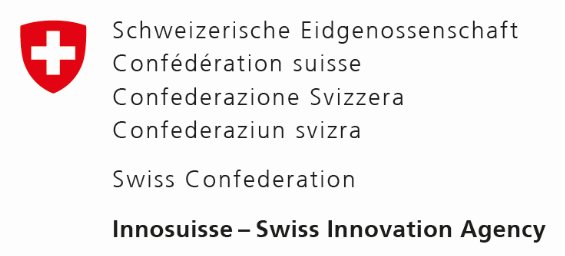

This project is part of the European initiative ACT (Accelerating CCS Technologies) to facilitate research, development, and innovation in the context of carbon capture storage (CCS) and utilization. The Elegancy project aims at combining CCS with hydrogen production; as large quantities of carbon dioxide (CO2) are obtained during the production of hydrogen, CCS is needed to keep the hydrogen energy source clean. The Swiss partners are participating to the Elegancy project through the SCCER-SoE by performing an in-situ experiment to assess the sealing capacity and integrity of a faulted caprock formation. The experiment is planned in the Mont Terri URL and aims at analysing the physical phenomena controlling the migration of CO2-rich brine in the faulted caprock, along with the impact on mechanical and transport properties of the damaged caprock. The Chair is contributing to the project with experimental activities at the laboratory scale to characterize the material (Opalinus Clay) extracted from the drilled boreholes for injection and monitoring. Parameters governing the mechanical response and the transport of CO2-rich brine in the Opalinus Clay are investigated to provide consistent data for the performance of numerical simulation. The experimental activities are carried out in collaboration with ETH Zurich, and Imperial College London.
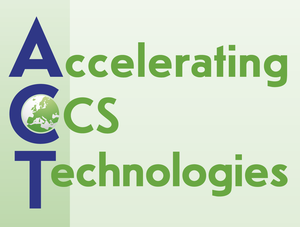
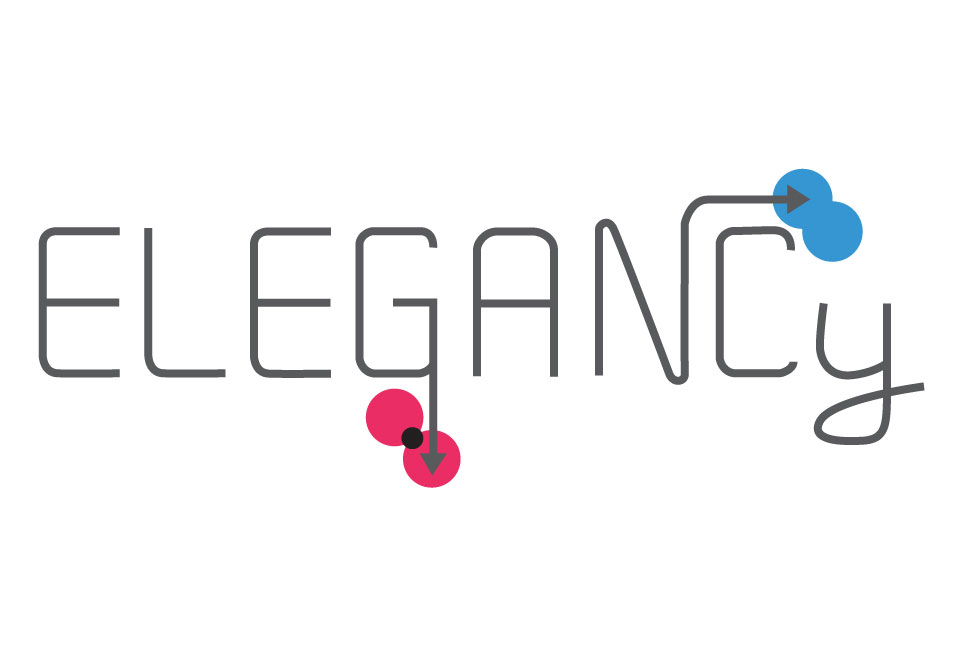
Waste water injection in sedimentary sequences has been seen to cause induced seismicity in the basement rocks below. This seismicity may also pose a threat to potential CO2 sequestration operations. Switzerland, especially, has already had problems with induced seismicity. The most notable case being in Basel in 2006, when magnitude 3+ earthquakes were induced during EGS stimulation and were enough to bring the project to a halt. Clearly, the magnitude 5+ earthquakes seen during waste water injection can therefore also pose a threat. The chair “Gaz Naturel” performs quantitative seismic risk analysis accounting for the lithology differences between the sedimentary sequences where injection is occurring and the crystalline basement rock below.

Media
Publications
Please note that the publication lists from Infoscience integrated into the EPFL website, lab or people pages are frozen following the launch of the new version of platform. The owners of these pages are invited to recreate their publication list from Infoscience. For any assistance, please consult the Infoscience help or contact support.
